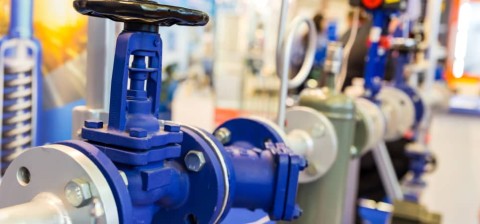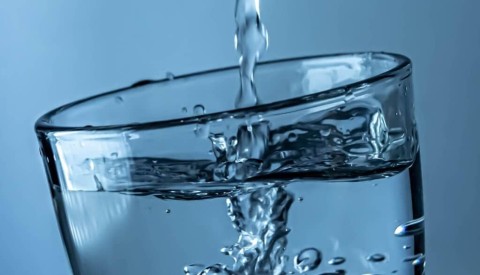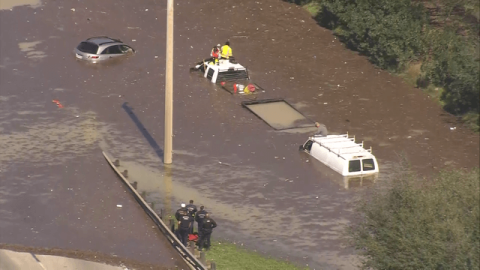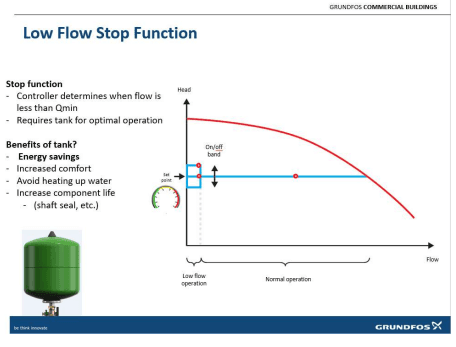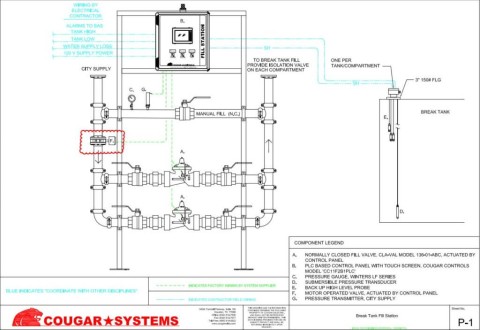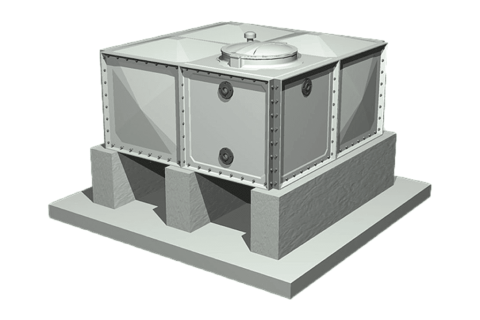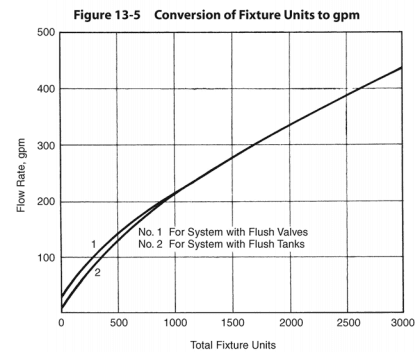With few exceptions, the water demands of a Commercial Building are significantly overestimated, which has negative impacts on the long-term performance, reliability, and efficiency of a Booster System. At Cougar USA, we design our systems to be most efficient at the partial load of the building, which improves performance & reliability and reduces operating costs. In this Tech Talk, we cover the pump and system selection for Booster Systems.
Make sure to check out Parts I & II!
Pressure Boosting Systems – Selection – Part 3 Tech Talk Transcript:
Hi, I’m Tim Zacharias with Cougar USA, on this Tech talk we’re going to be going over system selection for pressure-boosting systems in commercial building applications. This is part three of a three-part series. So please check out Parts one and two if you haven’t already.

